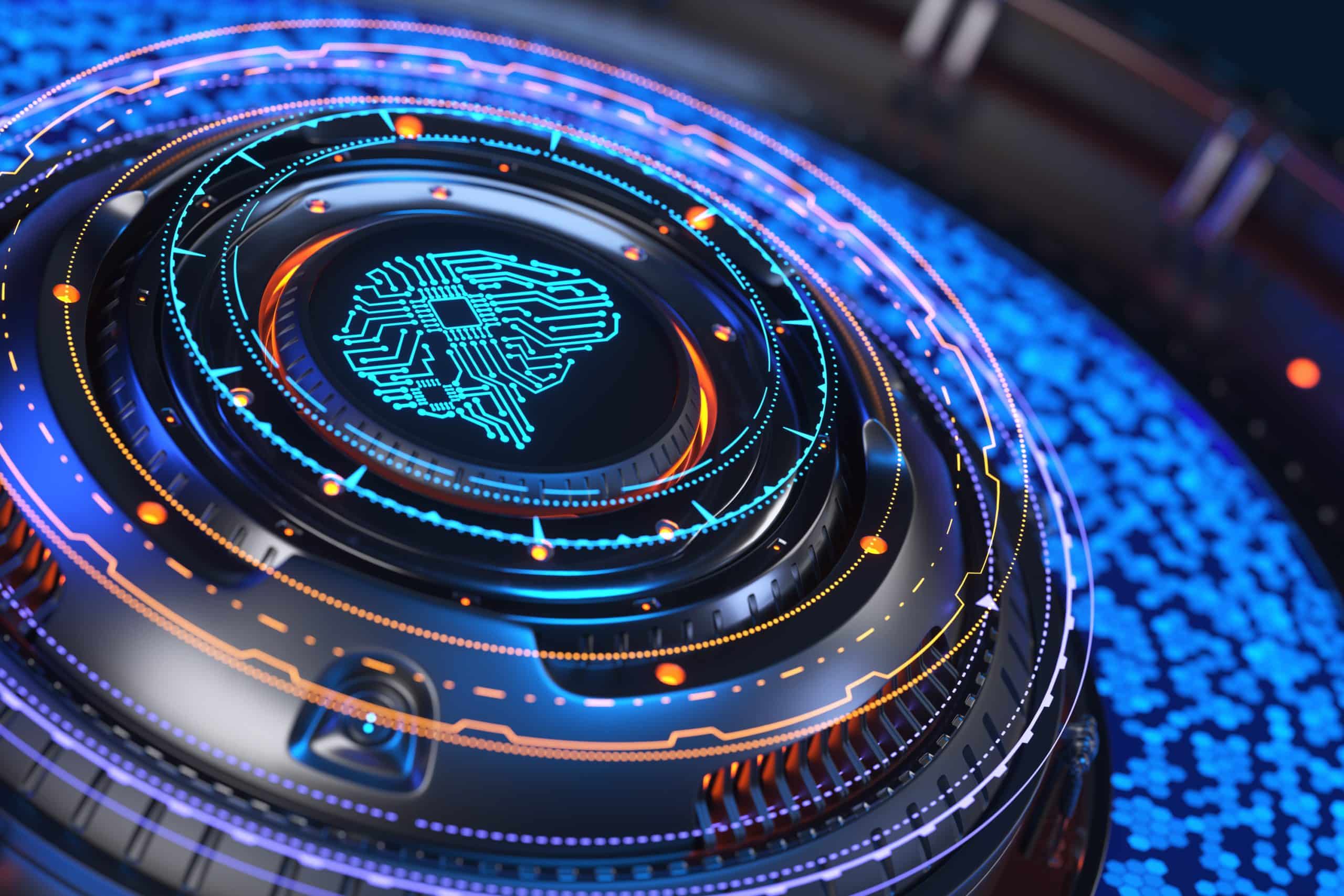Artificial Intelligence (AI) is making significant strides in various industries. One sector that is particularly feeling the impact is law enforcement. Across the United Kingdom, police forces are leveraging AI technologies for predictive policing. In this context, predictive policing refers to the use of data analysis, algorithms, and machine learning to anticipate potential criminal activity. Read on to discover how AI is shaping the future of policing in the UK.
The Intersection of AI and Policing
Law enforcement agencies are increasingly turning to AI and data technologies to augment their operations. The goal: enhance public safety, streamline decision making, and optimise the allocation of resources.
Lire également : How Are IoT-Enabled Smart Bins Contributing to Waste Management in UK Cities?
AI in policing involves using complex algorithms to analyse vast amounts of data from various sources, including social media, CCTV footage, criminal records, and more. The analysis can reveal patterns and trends, predict potential crime hotspots, and even identify potential offenders. This approach is known as predictive policing.
By harnessing the power of AI, police forces are transforming the way they operate, making their work more efficient and effective. The use of these technologies represents a seismic shift in law enforcement strategy, with immense potential to revolutionise policing.
Dans le meme genre : Can AI Personal Assistants Enhance Productivity for UK’s Remote Workers?
AI Systems and Human Intelligence
Primarily, AI technologies are tools designed to augment human intelligence, not replace it. In policing, AI helps officers make more informed decisions, backed by data-driven insights.
Decision making in policing can be complex, involving many variables and uncertainties. Traditionally, police decisions have relied heavily on human judgement and experience. While these elements are still vital, AI can provide an extra layer of objectivity and precision.
Machine learning algorithms can process and analyse vast amounts of data quickly and accurately. They can identify patterns and correlations that may be missed by human analysts. This extra layer of intelligence can help police make more effective decisions, especially in complex and high-stakes scenarios.
However, the integration of AI systems into policing does not mean that human judgement becomes obsolete. On the contrary, human officers are needed to interpret and apply the insights generated by AI. They need to evaluate the results, consider the wider context, and make final decisions. AI in policing, therefore, represents a collaboration between humans and technology, with each playing an essential role.
The Role of Data in Predictive Policing
Data is the lifeblood of predictive policing. Police forces collect vast amounts of data from various sources, including crime reports, CCTV footage, social media, and more. This data is then analysed using AI algorithms to predict potential criminal activity.
The use of data in policing is not new. Police have always used information to guide their operations. What’s new is the scale and sophistication of data analysis made possible by AI technologies.
AI can process and analyse large volumes of data quickly and accurately. It can identify patterns, trends, and correlations that may be overlooked by human analysts. This capability enables police forces to anticipate where crimes might occur, who might be involved, and when they might happen. As a result, police can deploy resources more effectively, potentially preventing crimes before they happen.
However, the use of data in predictive policing also raises significant privacy and ethical questions. One concern is the potential for bias in the data, which could lead to unjust targeting of certain individuals or groups. To ensure the responsible use of data, police forces must establish robust oversight mechanisms, with clear policies and procedures for data collection, analysis, and use.
Implementing AI technologies in Policing
The implementation of AI technologies in policing is a complex process that requires careful planning and execution. It involves not only technological considerations but also organisational and societal factors.
On the technological front, police forces need to ensure they have the necessary infrastructure and capabilities to support AI technologies. This includes data storage and processing capacity, as well as the skills and knowledge to use AI tools effectively.
On the organisational front, police forces need to ensure that their policies and practices align with the use of AI technologies. This includes establishing clear guidelines for data collection and use, as well as training officers and staff to use AI tools effectively.
On the societal front, police forces need to engage with the public and other stakeholders to build trust and support for the use of AI in policing. This includes being transparent about how they use AI technologies and the measures they take to safeguard privacy and prevent misuse.
Implementing AI technologies in policing is not a quick or easy process. However, with careful planning and execution, it can yield significant benefits for police forces and the communities they serve.
AI and the Future of Policing
The future of policing in the UK is intertwined with the future of AI technologies. As AI continues to advance, we can expect to see even more sophisticated uses of these technologies in law enforcement.
One promising area is real-time crime prediction. With the help of AI, police could potentially predict crimes as they are about to happen, enabling immediate response. Another area is advanced facial recognition, which could help police identify suspects quickly and accurately.
However, as AI technologies become more prevalent in policing, it is crucial to ensure that their use is ethical and transparent. Policymakers, researchers, and law enforcement agencies must work together to establish robust frameworks for the responsible use of AI in policing.
The potential of AI in policing is immense. If harnessed responsibly, AI could revolutionise law enforcement, making our communities safer and our police forces more effective. However, this potential can only be realised through rigorous oversight, public engagement, and continuous learning.
The Integration of AI Technologies in Police Practice
The adoption of AI technologies in law enforcement has proven beneficial in the UK. With tools such as predictive policing, facial recognition, machine learning, and big data, the UK’s police forces have significantly improved their decision-making processes and public safety services.
The use of body-worn cameras and AI technology has been a game-changer in the criminal justice sector. With these cameras, law enforcement agencies have the ability to record instances of crime, which can later be analysed using AI. The acquired footage serves as an excellent source of data that informs crime prevention strategies.
AI also plays a considerable role in the analysis of social media data by police forces. The ability to monitor and analyse public social media posts in real-time provides a wealth of information that can be used to prevent crime, facilitate investigations, and maintain public safety.
In addition, facial recognition technologies offer significant advantages in criminal justice. Once an image of a suspect is available, AI can swiftly search through vast databases of images, significantly reducing the time taken to identify individuals, and enhancing the overall efficiency of law enforcement agencies.
It’s worth noting that while AI offers numerous advantages, it is not without challenges. The integration of AI into police practices needs to be done responsibly, considering potential issues such as privacy infringement and human rights concerns. Therefore, law enforcement agencies should maintain a balanced approach, leveraging AI technology advantages while upholding ethical standards.
AI in Law Enforcement: What the Future Holds
Looking forward, the use of AI in the UK’s law enforcement agencies is expected to grow, with more sophisticated applications anticipated. The future holds the possibility of real-time crime prediction with AI’s advancement, potentially enabling law enforcement agencies to respond promptly to criminal activities.
Advanced facial recognition technologies are also anticipated to play a more significant role in law enforcement. Paired with body-worn cameras, the technology could enable police officers to quickly identify individuals in crowds, greatly increasing the speed and accuracy of suspect identification.
Furthermore, AI is expected to revolutionise community policing. By predicting crime hotspots, law enforcement agencies will be better equipped to allocate resources effectively, fostering safer communities, and enhancing public trust in the police.
However, as AI’s role in policing expands, transparency and ethical use of the technology must remain a priority. Clear guidelines regarding privacy, data collection, and use of AI systems should be established and strictly followed.
In conclusion, it is clear that AI presents promising prospects for the future of policing in the UK. If appropriately harnessed with respect for privacy, human rights and rigorous oversight, AI has the potential to significantly enhance law enforcement effectiveness and public safety. Policymakers, law enforcement agencies and the wider community must work together to ensure these technologies are used responsibly, balancing the benefits of AI with the potential challenges it poses.






